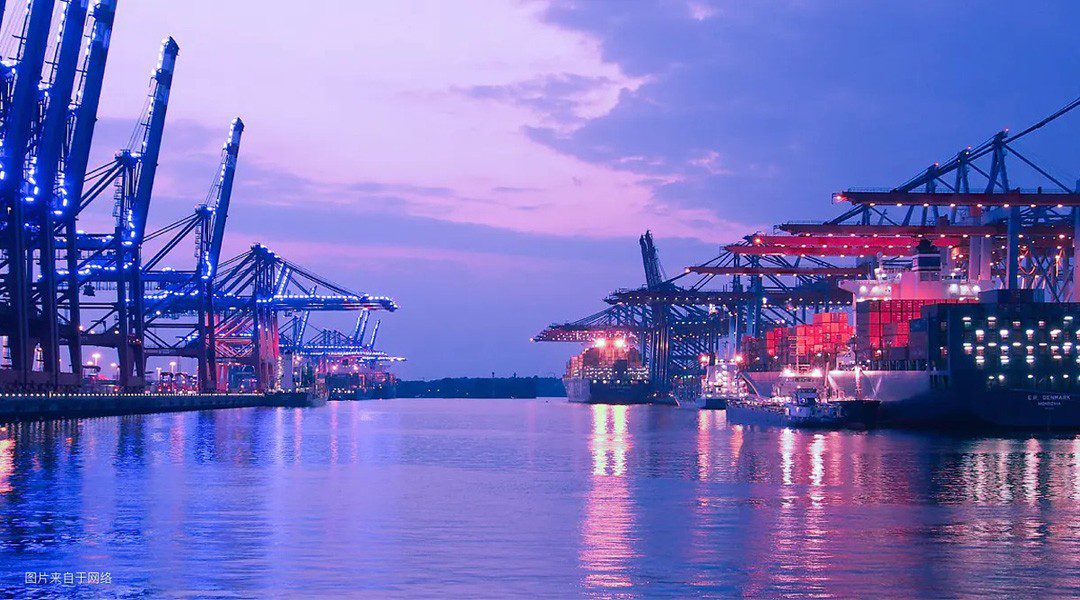According to the latest report from the Baltic and International Maritime Council (BIMCO), only 10 container ships have been scrapped so far in 2025, continuing the ultra-low scrapping levels seen since 2021. A large number of old vessels remain in service, far exceeding their typical scrapping age.
Niels Rasmussen, Chief Shipping Analyst at BIMCO, calculated that based on the fleet age structure, the proportion of container ships over 20 years old has increased from 16% at the beginning of 2020 to the current 24%, the highest level since the early 1970s. This older part of the fleet will constitute the main body of future scrapping.
By reviewing historical scrapping data from 2000 to 2019, BIMCO analyzed the lifecycle of various ship types: during this period, approximately 20% of ships were scrapped within 20 years, and 53% were retired within 25 years. Using this average scrapping pattern as a benchmark, there are currently at least 500 ships, representing 1.8 million TEU, in a state of “should have been scrapped but haven’t.” Rasmussen pointed out that the pre-financial crisis market boom saw little scrapping, while the post-2009 market downturn saw increased scrapping; the combination of these periods represents a relatively “normal” market cycle.
However, considering the current market environment is vastly different from the past—with a large orderbook for newbuildings, the potential resumption of Suez Canal routes after the Red Sea crisis eases, and increasingly stringent new energy efficiency regulations—future scrapping volumes could be far higher than the minimum estimate. If referencing the scrapping pace of the sluggish market period in the 2010s, the potential maximum excess scrapping volume could reach 850 ships, or 3.1 million TEU.
Even so, “digesting” a volume of this scale will be a prolonged process. The highest annual scrapping volume in history was in 2016, when only 185 ships, approximately 600,000 TEU, were scrapped. Projecting from this, the current excess of 1.8 to 3.1 million TEU may take several years to be gradually released.
Rasmussen stated that future scrapping volumes are difficult to predict precisely, but current calculations show that this “potential scrapping wave” is equivalent to 6%-10% of the current operational fleet, or 33%-55% of the fleet over 20 years old. It is noteworthy that this potential scrapping volume already exceeds the orderbook for all ship types smaller than 8000 TEU. This implies that the future growth of the global fleet in the coming years may be entirely dominated by large vessels and could trigger more intense “cascading effects,” where larger vessels further encroach upon the route markets of small and medium-sized vessels.





